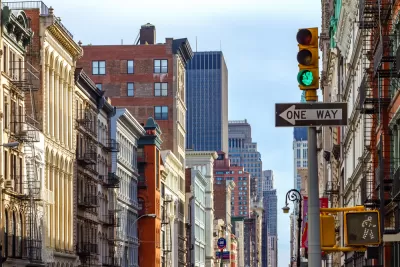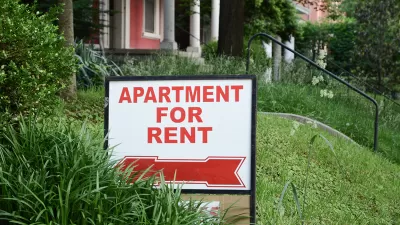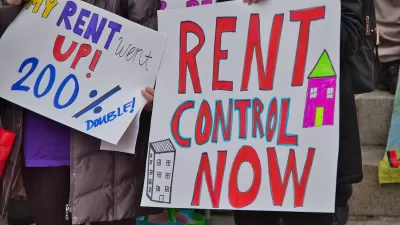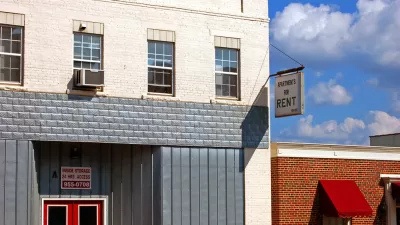The rent increases, which the Rent Guidelines Board deemed necessary to support “mom and pop” landlords, will affect two million residents.

“A New York City panel that regulates the rents for roughly one million rent-stabilized apartments approved the highest increases in almost a decade on Tuesday, after property owners said they were being pinched by taxes and rising expenses.” As reported by Mihir Zaveri in The New York Times, the Rent Guidelines Board voted to raise rents by 3.25 percent for one-year leases and 5 percent for two-year leases, affecting around two million New Yorkers. According to a separate article in Bloomberg, only 23 percent of New York residents can currently afford the city’s median rent.
“At the panel’s public hearing last week in the Bronx, more than 60 of roughly 70 speakers were tenants, tenant advocates and elected officials who argued for a rent decrease or a rent freeze.” Meanwhile, landlords say they need even higher rent increases to stay in business and make needed upgrades to buildings.
Defending the panel’s decision, Mayor Eric Adams, in a statement, said “small landlords are at risk of bankruptcy because of years of no increases at all, putting building owners of modest means at risk while threatening the quality of life for tenants who deserve to live in well-maintained, modern buildings.” Zaveri points out that while Mayor Adams and landlord groups highlight the plight of “mom and pop” landlords, “more than 60 percent of rent-stabilized homes are owned by landlords with portfolios of more than 1,000 units overall.”
FULL STORY: Rents Will Rise by at Least 3.25 Percent for 2 Million New Yorkers

Alabama: Trump Terminates Settlements for Black Communities Harmed By Raw Sewage
Trump deemed the landmark civil rights agreement “illegal DEI and environmental justice policy.”

Planetizen Federal Action Tracker
A weekly monitor of how Trump’s orders and actions are impacting planners and planning in America.

Why Should We Subsidize Public Transportation?
Many public transit agencies face financial stress due to rising costs, declining fare revenue, and declining subsidies. Transit advocates must provide a strong business case for increasing public transit funding.

Understanding Road Diets
An explainer from Momentum highlights the advantages of reducing vehicle lanes in favor of more bike, transit, and pedestrian infrastructure.

New California Law Regulates Warehouse Pollution
A new law tightens building and emissions regulations for large distribution warehouses to mitigate air pollution and traffic in surrounding communities.

Phoenix Announces Opening Date for Light Rail Extension
The South Central extension will connect South Phoenix to downtown and other major hubs starting on June 7.
Urban Design for Planners 1: Software Tools
This six-course series explores essential urban design concepts using open source software and equips planners with the tools they need to participate fully in the urban design process.
Planning for Universal Design
Learn the tools for implementing Universal Design in planning regulations.
Caltrans
Smith Gee Studio
Institute for Housing and Urban Development Studies (IHS)
City of Grandview
Harvard GSD Executive Education
Toledo-Lucas County Plan Commissions
Salt Lake City
NYU Wagner Graduate School of Public Service





























